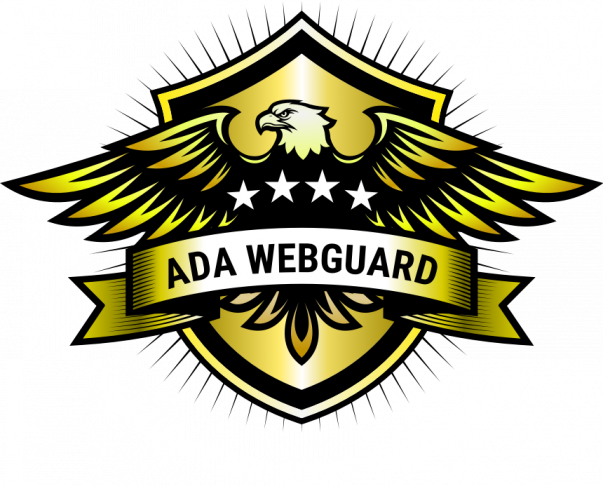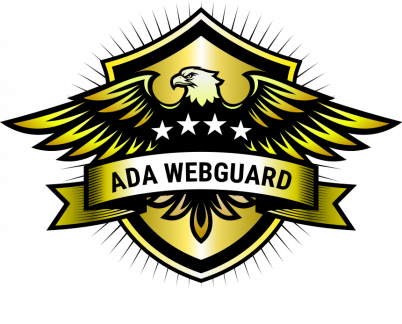Are you thinking about using one of those website accessibilities overlays, plugins, or widgets that puts a toolbar overlay on your website? Think again.
Overlays are products that claim to automatically detect and fix a website’s accessibility issues. All you have to do, they claim, is insert their JavaScript snippet on your website and your accessibility problems will be repaired.
With the increased number of accessibility lawsuits for inaccessible websites, it’s no wonder that offers for quick fixes are hard to pass on. So, it seems worth asking the obvious question: if you deploy one of these solutions will it reduce that risk? In my opinion, NO
Website Accessibility overlays, plugins, and widgets might actually put a target on your back. As more plaintiffs’ lawyers realize that people have installed an overlay that doesn’t work, they will start targeting these website owners specifically.
Recent reports have concluded Accessibility Widgets and Overlays Do Not Stop Lawsuits. Around 100 Companies at the beginning of 2020 have received lawsuits after investing in widgets or overlays, some lawsuits even listed widget features as an extra burden.
The industry is largely in agreement that only about 33% or 1/3 of website accessibility issues can be detected through automated tools, overlays, or widgets only. Website scans and ADA audits created by the most accessibility companies and experts claiming to flag all of the accessibility deficiencies on a website is completely false. If only about 1/3 can be detected. that means 2/3 or about 66% of accessibility issues must be manually checked. So if there isn’t the technology to even flag all of the errors, what are the odds a technology exists that will “fix” your website to fully meet ADA standards and the WCAG 2.0 & 2.1 AA success criteria.
There are some things an automated tool can check for and fix. As I mentioned at the beginning of this article, Industry experts estimate that about 1/3 of accessibility issues can be detected. That leaves about 2/3 that need to be dealt with manually, reviewed by a person who is trained and certified in web compliance and accessibility, not an automated tool.
To make your website fully accessible to people with disabilities, there is no alternative to following accepted best practices. Actual ADA compliance starts with a 3-factor WCAG 2.0 & 2.1 AA audit provided by an experienced accessibility consultant or a company like ADA WebGuard, who is trained and understands ADA standards, WCAG success criteria, and programming code. The 3-factor audit consists of:
- Automated Auditing 2. Manual Testing 3. Assistive Technology Testing
With complete audit reporting, the website can then be property remediated addressing all WCAG 2.1 & 2.1 AA violations.
For more information on making your website compliant and accessible to all, contact ADA WebGuard at (833) 232-9321.


